The first application of the technology will be medical, but Mary Lou Jepsen says within the decade it will enable instant thought sharing.



Researchers have recently discovered two different types of memory use completely different processes in the same nerves, opening the way for a new pharmaceutical solution for treating anxiety and post-traumatic stress disorder (PTSD).
The find challenges earlier research that had suggested memories of traumatic events used the same nerves in the same ways, making them impossible to physically distinguish.
A team of scientists from Columbia University Medical Center (CUMC) and McGill University analysed neurons from a marine snail called an Aplysia in order to test a hypothesis explaining why memories of incidents surrounding a bad experience can themselves trigger anxiety.
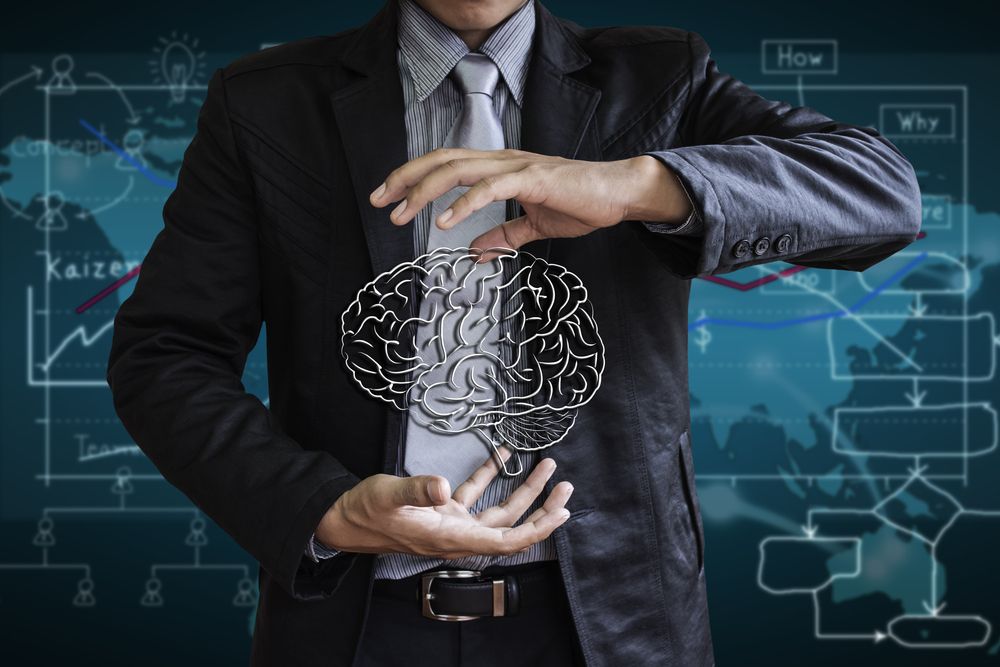
Scientists are coming up with some very crazy experiments lately. Anything involving the human brain is always met with a fair bit of skepticism. However, a new project by Harvard researchers allows humans to control animals with their thoughts. It sounds quite impressive, although animal right activists may have concerns about this project. Regardless, a brain-to-brain interface could have some interesting consequences.
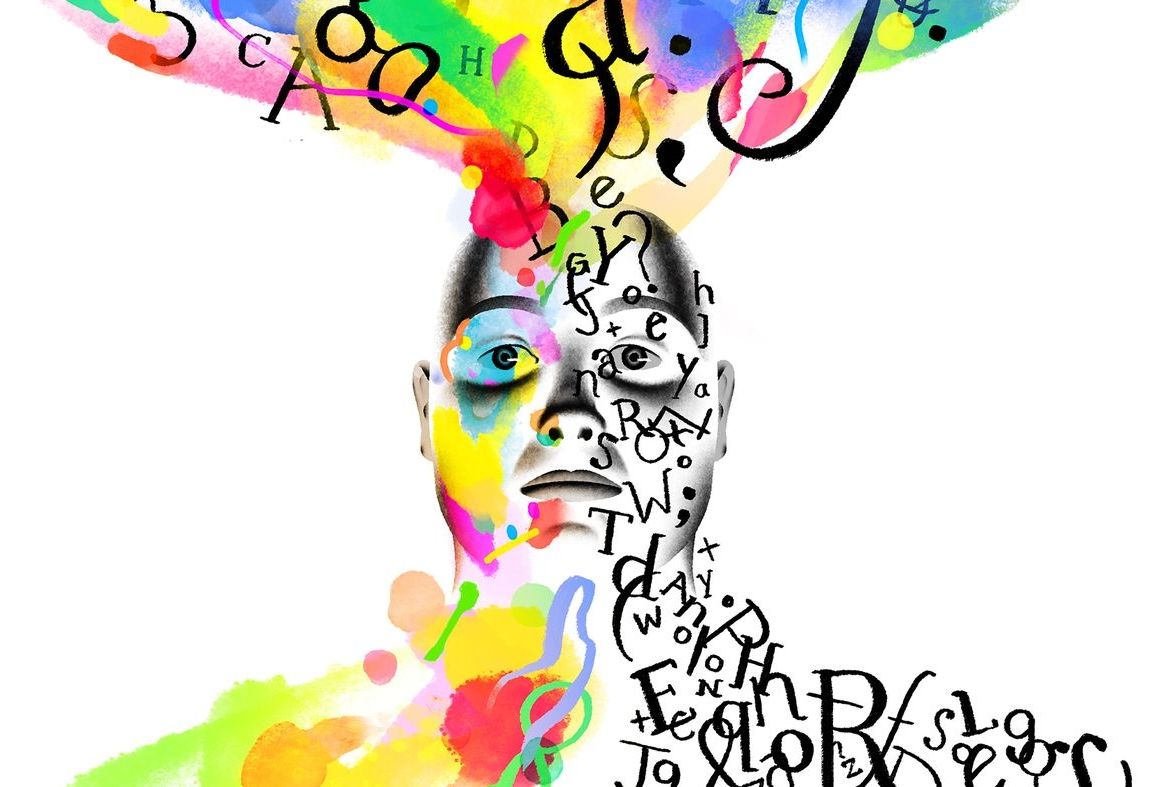

Rudrapur, Uttrakhand, India — July 02, 2017
Revita Life Sciences, (http://revitalife.co.in) a biotechnology company focused on translational regenerative therapeutic applications, has announced that it is continuing to advance their novel, multi-modality clinical intervention in the state of brain death in humans.
“We have proactively continued to advance our multi-modality protocol, as an extended treatment before extubation, in an attempt to reverse the state of brain death” said Mr.Pranjal Agrawal, CEO Revita Life Sciences. “This treatment approach has yielded some very encouraging initial outcome signs, ranging from minor observations on blood pressure changes with response to painful stimuli, to eye opening and finger movements, with corresponding transient to permanent reversal changes in EEG patterns.”
This first exploratory study, entitled “Non-randomized, Open-labelled, Interventional, Single Group, and Proof of Concept Study with Multi-modality Approach in Cases of Brain Death Due to Traumatic Brain Injury Having Diffuse Axonal Injury” is ongoing at Anupam Hospital, Rudrapur, Uttrakhand. The intervention primarily involves intrathecal administration of minimal manipulated (processed at point of care) autologous stem cells derived from patient’s fat and bone marrow twice a week.
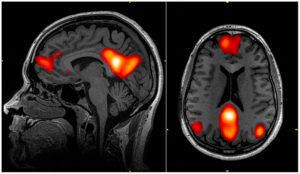
This study was inappropriately removed from the Indian Council of Medical Research (ICMR) database. ICMR has no regulatory oversight on such research in India.
The Central Drugs Standard Control Organization (CDSCO), Drug Controller General of India, had no objection to the program progressing. Regulatory approval as needed for new drugs, is currently not required when research is conducted on the recently deceased, although IRB and family consent is definitely required. CDSCO, the regulator of such studies, clearly states that “no regulatory requirements are needed for any study with minimal manipulated autologous stem cells in brain death subjects”.
Death is defined as the termination of all biological functions that sustain a living organism. Brain death, the complete and irreversible loss of brain function (including involuntary activity necessary to sustain life) as defined in the 1968 report of the Ad Hoc Committee of the Harvard Medical School, is the legal definition of human death in most countries around the world. Either directly through trauma, or indirectly through secondary disease indications, brain death is the final pathological state that over 60 million people globally transfer through each year.
“We are in process of publishing our initial retrospective results, as well ongoing early results, in a peer reviewed journal. These initial findings will prove invaluable to the future evolution of the program, as well as in progressing the development multi-modality regenerative therapeutics for the full range of the severe disorders of consciousness, including coma, PVS, the minimally conscious state, and a range of other degenerative CNS conditions in humans,” said Dr. Himanshu Bansal, Chief Scientific Officer, Revita Life Sciences and Director of Mother Cell.
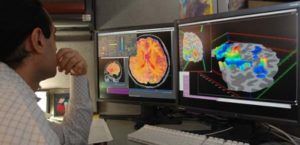
With the maturation of the tools of medical science in the 21st century, especially cell therapies and regenerative medicines, tissues once considered irretrievable, may finally be able to be revived or rejuvenated. Hence many scientists believe that brain death, as presently defined, may one day be reversed. While the very long term goal is to find a solution for “re-infusing life”, the short term purpose of these types of studies is much less dramatic, which is to confirm if the current definition of brain irreversibility still holds true. There have been many anecdotal reports of brain death reversal across the world over the past decades in the scientific literature. Studies of this nature serve to verify and establish this very fact in a scientific and controlled manner. It will also one day give a fair chance to individuals, who are declared brain dead, especially after trauma.
About Revita Life Sciences
Revita Life Sciences is a biotechnology company focused on the development of stem cell therapies and regenerative medicine interventions that target areas of significant unmet medical need. Revita is led by Dr. Himanshu Bansal MD, who has spent over two decades developing novel MRI based classifications of spinal cord injuries as well as comprehensive treatment protocols with autologous tissues including bone marrow stem cells, Dural nerve grafts, nasal olfactory tissues, and omental transposition.
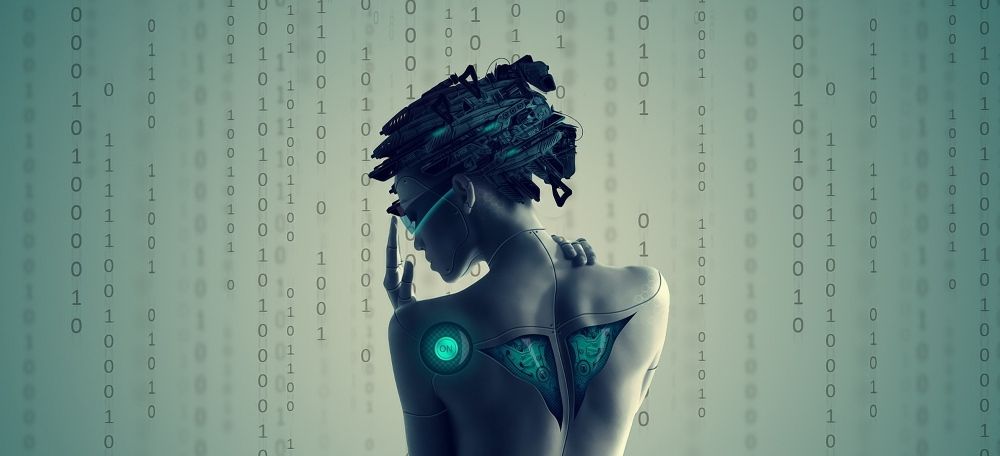
I have recently re-kindled my interest in neuro-hacking, the process of using technological and spiritual tools to essentially hack my consciousness, make myself calmer, and of course, happier! I’ve been using vitamins (D3!) and isochronic tones for some time, but I have run across a number of new devices and apps recently. I got a demo kit for a new device called Thync, that purports to alter brain waves to achieve greater calm, less stress, and more energy. This follows, for me, several decades of interest in this arena, also fueled by a bunch of projects in the works that seek to augment human potential using the latest brain science, emerging hardware, and games.
This is an area of professional interest as well as personal. I’m a socio-cultural anthropologist with a focus on digital culture, technology use, and future possibilities. My graduate work focused on social learning associated with online gaming. A lot of my focus falls into a sub-discipline of anthropology known as cyborg anthropology:
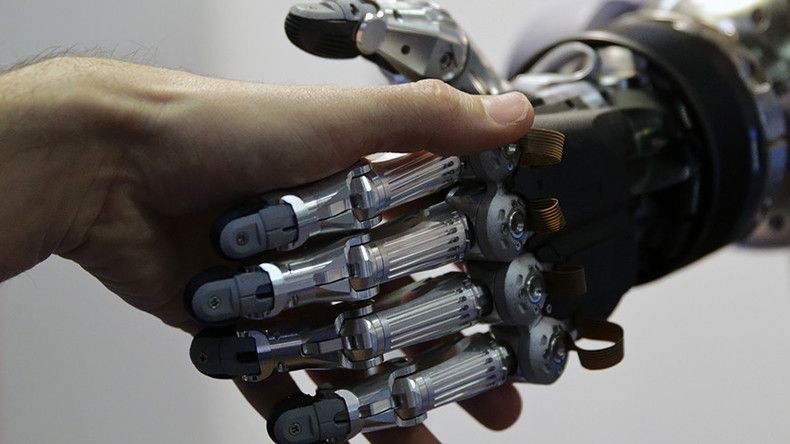
The prospect of attaining superior intelligence or physical attributes may be tempting or appear liberating, but cybernetic enhancement could, theoretically, also be used as a means of control. Whoever manufactures the technologies that augment humans would be in a very powerful position and wield an immense degree of control over their human customers (or subjects). Moreover, cybernetically enhanced humans could see their microchips hacked, have their sensations detected by unwanted parties and stored in a database, or be at risk of receiving unsolicited or unpleasant impulses. Might we evolve from homo sapiens to homo servus?
The dream that we may one day transcend our physical and intellectual barriers through advancements in cybernetics and nanotechnology could became a reality during this century. But would this be a blessing or a curse?
As science expands its frontiers and technology continues to evolve, ideas once deemed fanciful or considered part of science fiction find themselves within the realm of possibility. New discoveries may give rise to unique potential and perils, as the field of ethics struggles to keep pace with the latest technological advancements. The dream that one day we humans may eclipse our physical and mental fetters through augmentation by cybernetics or nanotechnology could become a reality. Although transhumanism and posthumanism are considered modern concepts, the idea of improving or transcending the human condition has been explored in philosophy and literature since at least the mid-19th century.
In his book Thus Spoke Zarathustra, 19th century German philosopher Friedrich Nietzsche introduced the concept of the Übermensch (overman or superman) as a goal towards which humans ought to strive, whereby they take control of their own destinies, work collectively towards the betterment of humanity and create a higher set of ideals to give their existence greater meaning. Nietzsche wrote “Man is something that shall be overcome.” (The notion of Übermensch was later corrupted by the Nazis, who integrated it into their perverse racial theories).

Rapid developments in brain-machine interfacing and neuroprosthetics are revolutionizing the way we treat paralyzed people, but the same technologies could eventually be put to more generalized use—a development that’ll turn many of us into veritable cyborgs. Before we get to that point, however, we’ll need to make sure these neural devices are safe, secure, and as hacker-proof as possible.
In anticipation of our cyborg future, researchers from the Wyss Center for Bio and Neuroengineering in Geneva Switzerland have published a new Policy Forum paper in Science titled, “Help, hope, and hype: Ethical dimensions of neuroprosthetics.” The intent of the authors is to raise awareness of this new breed of neurotechnologies, and the various ways they can be abused. Importantly, the researchers come up with some ways to mitigate potential problems before they arise.
Introducing Lifespan Heroes our new campaign.
Here at Lifespan.io we are funding research to help extend healthy human lifespan, supporting nonprofits and companies working to overcome age-related diseases. By becoming a “Lifespan Hero” you can join us in this humanitarian and necessary effort — http://www.lifespan.io/heroes — and help us end age-related diseases for good.
In this video Lifespan.io / LEAF President Keith Comito explains the work Lifespan.io has done thus far in funding research, educating the public, and building a grass roots movement in support of healthy human lifespan, as well as the work that can be done in the future with the support of heroes willing to stand up and fight against the diseases of aging, like Alzheimer’s, heart disease, and cancer, by addressing their shared root causes.
Together we can do this; please join us.
This video is presented by LEAF. Please support our work to overcome the diseases of aging: http://lifespan.io/hero
